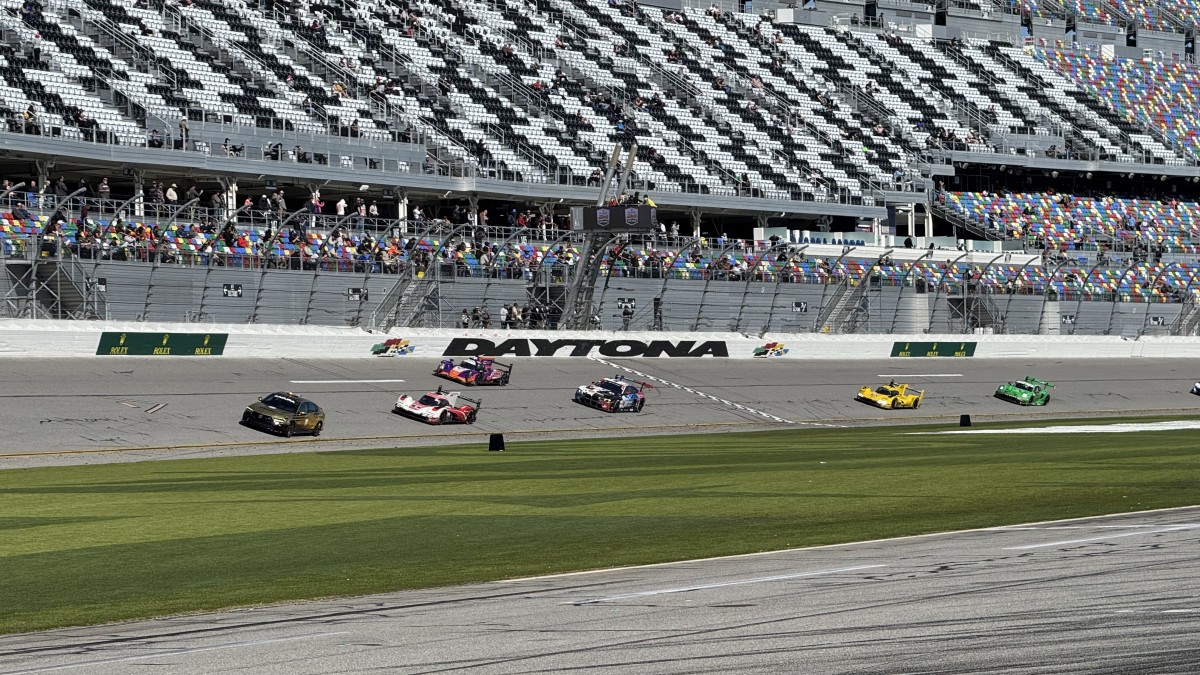(NSI News Source Info) NAVAL AIR SYSTEMS COMMAND, PATUXENT RIVER, Md. - November 6, 2008: In a culmination of milestones over the past year and a half, the EA-18G Growler has moved to Operational Evaluation (OpEval). The Growler, replacing the EA-6B Prowler, has conducted its sea trials, tested missiles and surpassed more than 1,000 flight hours in the past several months. The Growler’s sea trials occurred July 31 through Aug. 5 on the USS Dwight D. Eisenhower. The combined efforts of the Research, Development, Test and Evaluation Squadron 23 (VX-23) carrier suitability team, the F/A-18 and EA-18G program office, industry partners and crew members of the USS Eisenhower, resulted in 319 approaches, 62 catapult shots and 62 arrested landings. Originally, the squadron planned to use one EA-18G for 10 days to conduct the sea trials, which would have allowed for greater flexibility in weather and deck conditions. However, due to operational requirements of the Eisenhower, the squadron was required to qualify the Growler for the carrier in just five days, half of the initial allotted time. To achieve this, the squadron used one Growler and one F/A-18, configured as a Growler. “Most of those who saw our plan didn’t think it was executable because we had to go out to the ship, spend five days getting over 300 approaches, which was in the original plan as well as 62 arrested landings and 62 catapult shots. The team and the Eisenhower really pulled it through for us,” said Cmdr. Jaime Engdahl, VX-23 EA-18G department head. Engdahl described the integrated testing conducted throughout the sea trials as a combination of developmental testers and operational testers in the cockpit at the same time. The advantage being that the operational testers were given the ability to observe the aircraft all the way through the testing. “In OpEval, the operational testers already have hundreds of hours of flight testing, they know what the systems are like, they have input into design changes and potential problems. The real benefit is the Fleet gets a better product earlier,” said Engdahl. On Aug. 5, the AGM-88 High-Speed Anti-Radiation Missile (HARM) test was conducted on the Growler at NAWCWD, China Lake. The air-to-surface tactical missile is designed to seek and destroy enemy radar-equipped air defense systems. The AGM-88 can detect, attack and destroy a target with minimum aircrew input. Guidance is provided through reception of signals emitted from ground-based threat radar. “The successful HARM shot is another milestone accomplishment on the road to the EA-18G joining our carrier air wings. It demonstrates a key offensive capability of the Growler weapon system,” said Cmdr. Francis Morley, NAVAIR’s EA-18G program manager. Research, Development, Test and Evaluation Squadron 31 (VX-31) and Air Test and Evaluation Squadron Nine (VX-9), both based at Naval Air Weapons Center, China Lake, tested the first AIM-120 Advanced Medium Range Air-to-Air Missile (AMRAAM) from the Growler July 23. “This AMRAAM shot is significant in that one, it is a key event in the progression and development of the Growler, and two, it is the first air-to-air missile shot from a Navy electronic attack aircraft. It represents the significantly enhanced capability and multi-role ability the Growler will bring to the Fleet,” said Morley. The Growler is now at VX-9, where its suitability and effectiveness as an airborne electronic weapon system is being assessed during OpEval. The first three aircraft built on the production line, G1, G2 and G3 are devoted to OpEval. Following the successful completion of OpEval, the Growler is scheduled for Full Rate Production and delivery in Initial Early Delivery to Electronic Attack Squadron 129 (VAQ-129) in the spring of 2009. VAQ-129 is the Fleet Replacement Squadron charged with training all EA-18G aviators/aircrew and developing standard operating procedures for the maintenance and operation of the aircraft. Initial Operational Capability is scheduled for the fall of 2009, with a complete transition of 88 Growlers to the fleet by 2013.
Subscribe to:
Post Comments (Atom)



















No comments:
Post a Comment